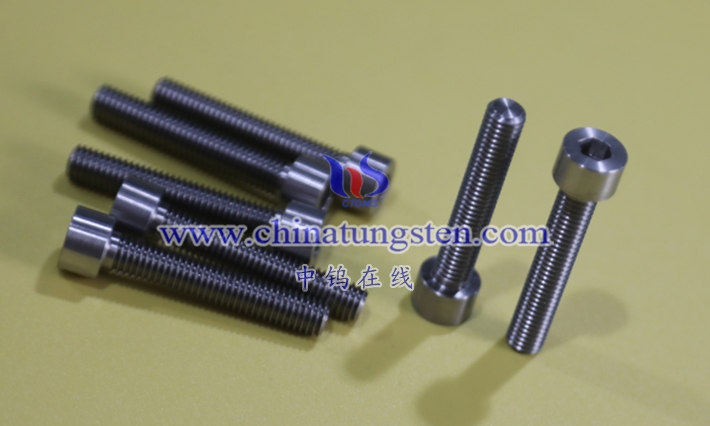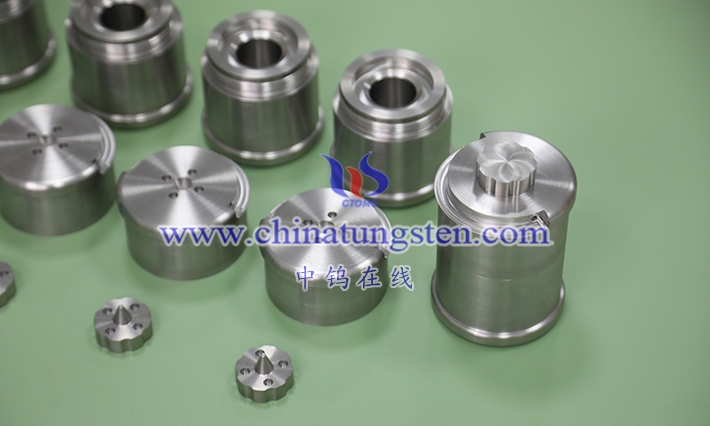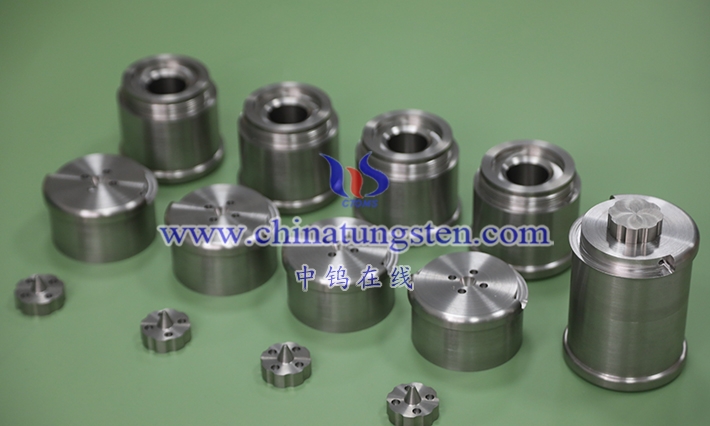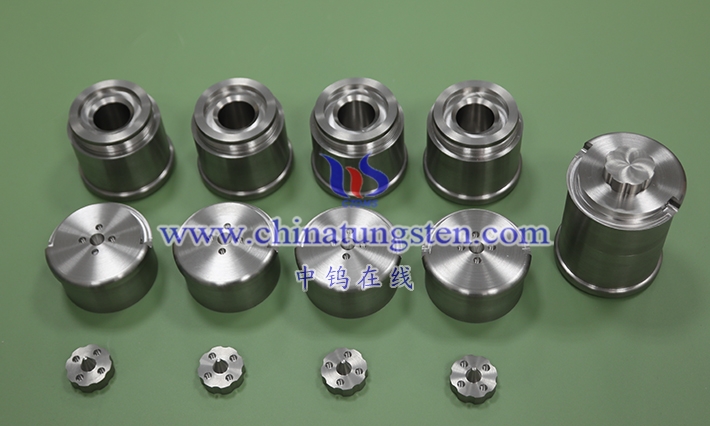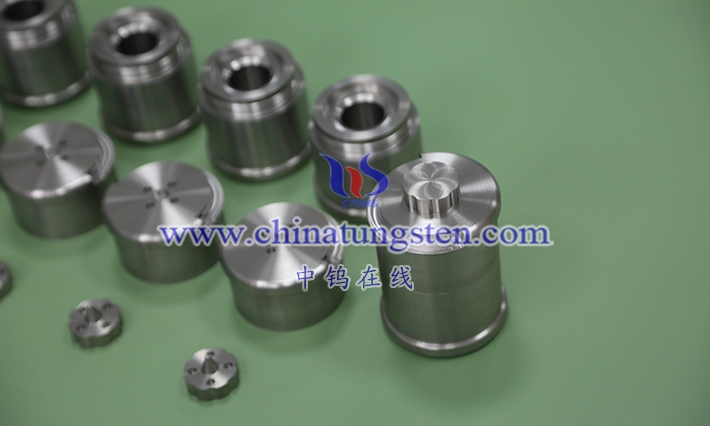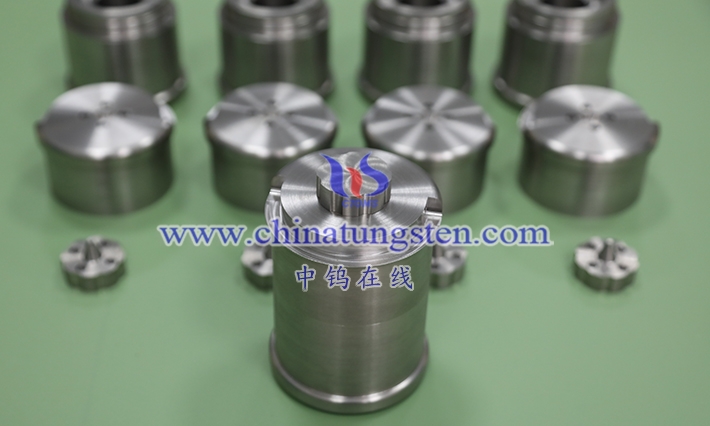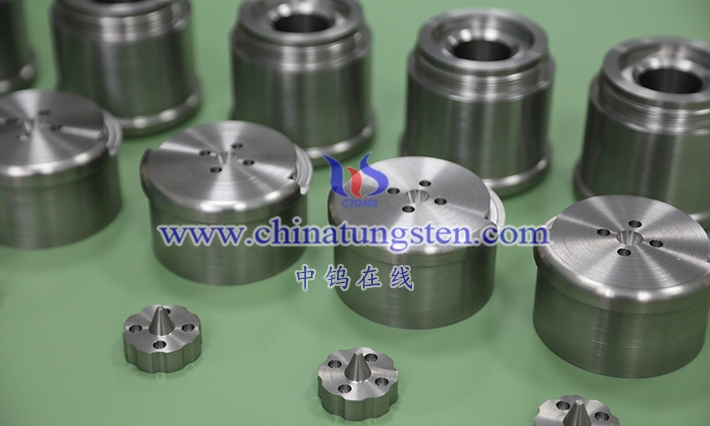Besides common W-Ni-Fe, W-Ni-Cu, and W-Cu, other tungsten-based alloys include various types such as W-Ag, W-Co, W-WC-Cu, W-Re, and W-Ta, optimized by adding different elements for specific fields. First, W-Ag alloy uses silver as matrix, tungsten content 30%-70%, featuring high conductivity (50%-80% IACS) and arc ablation resistance, high thermal conductivity, suitable for electrical contacts and switches, with silver providing conductivity and tungsten enhancing wear resistance. Second, W-Co alloy has cobalt content 3%-15%, emphasizing high hardness and heat resistance, high melting point, strong fatigue resistance, used for cutting tools and high-temperature alloys like aerospace turbine blades, cobalt improving toughness to avoid brittle fracture. Third, W-WC-Cu alloy combines tungsten carbide, copper as binder, extremely high hardness (HRC 60+), excellent wear resistance, density 15-17g/cm³, applicable to drill bits and abrasives, carbide particles reinforcing phase distribution. Fourth, W-Re alloy adds rhenium 5%-25%, enhancing ductility and high-temperature strength, higher melting point, creep resistance, for thermocouples and aerospace components, rhenium solid solution strengthening lattice. Fifth, W-Ta alloy tantalum content 5%-20%, improving corrosion resistance and radiation shielding, high density, good biocompatibility, suitable for nuclear industry and medical implants. These alloys share properties like high density (14-19g/cm³), high-temperature resistance (>2000°C), and mechanical strength (>800MPa), but differ in conductivity, corrosion, or hardness based on added elements. Compared to mainstream alloys, these are more specialized, like W-Ag outperforming W-Cu in conductivity but higher cost. Overall, other tungsten-based alloys expand application ranges from electronics to defense, driving material innovation, prepared via powder metallurgy or melting processes to ensure microstructural uniformity.
